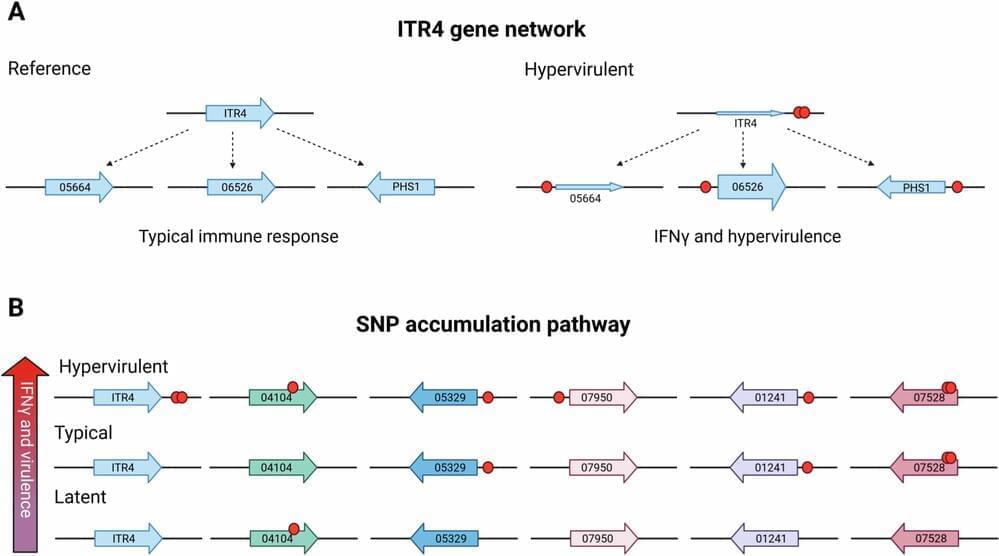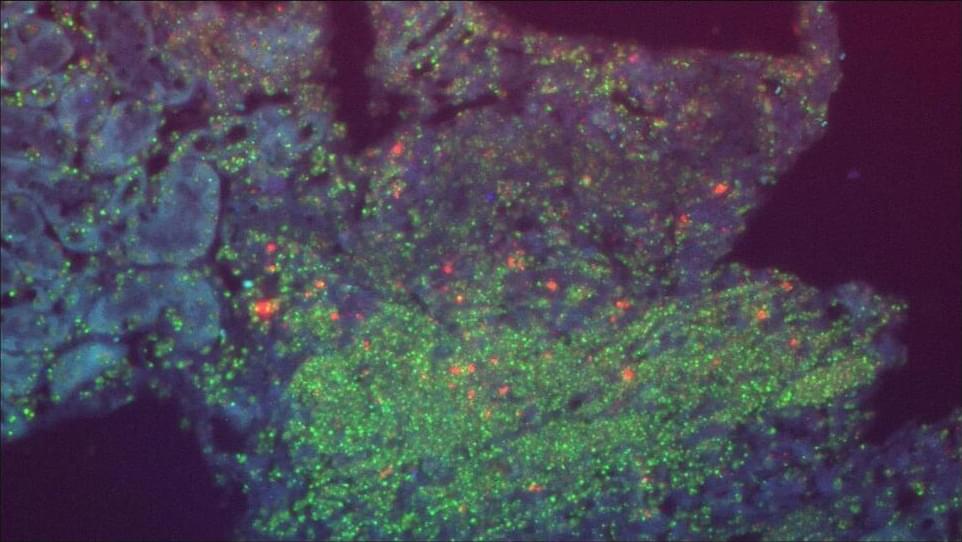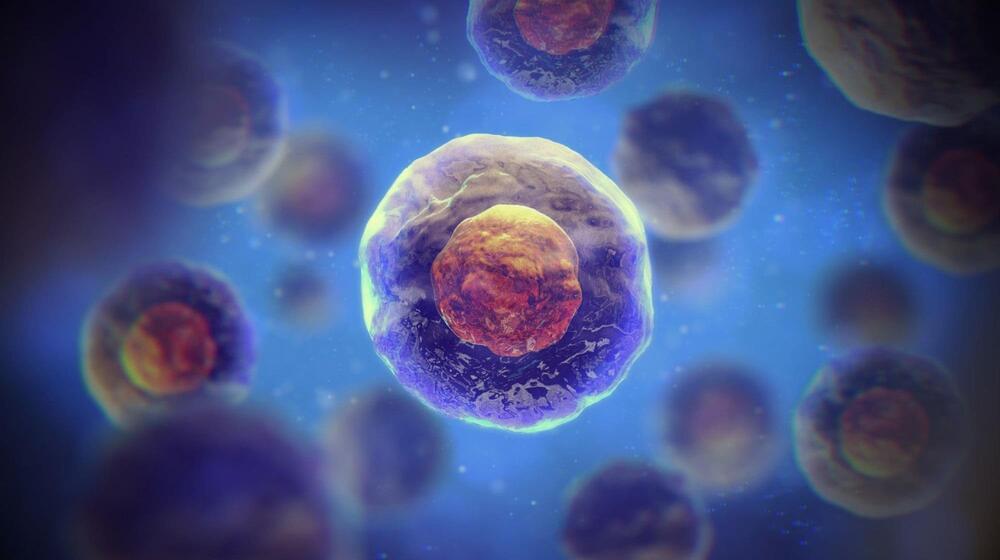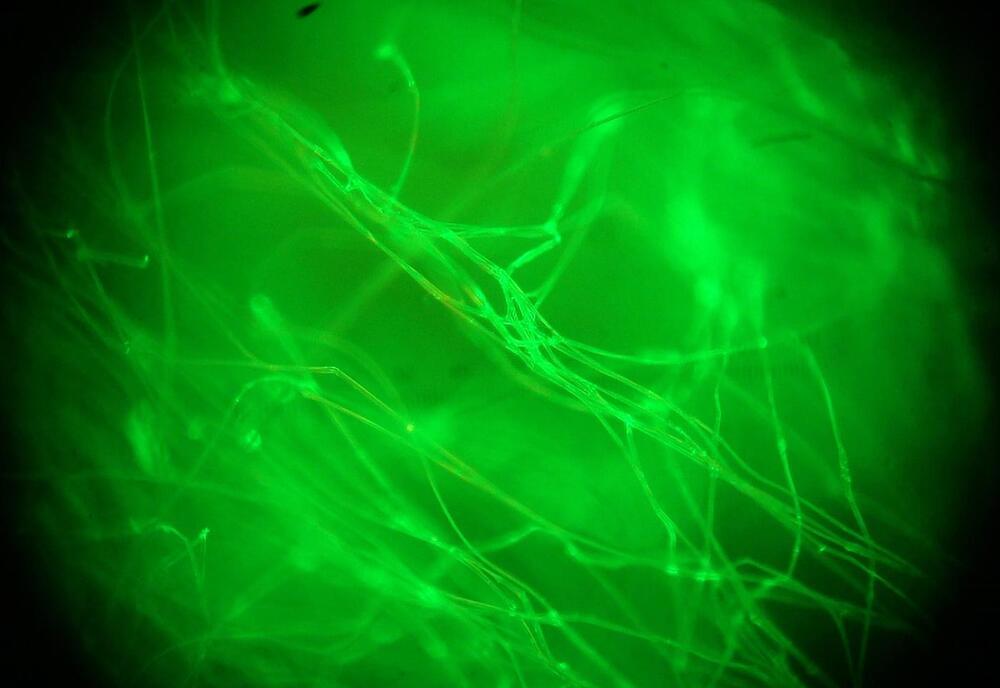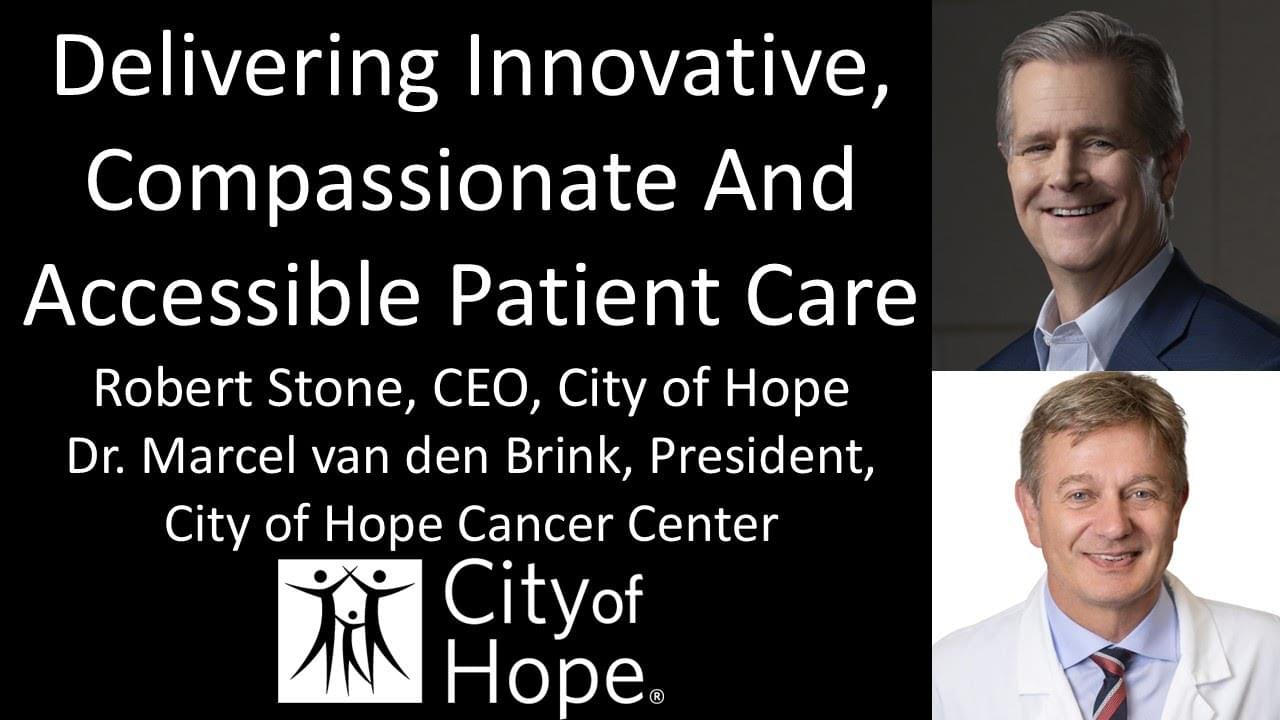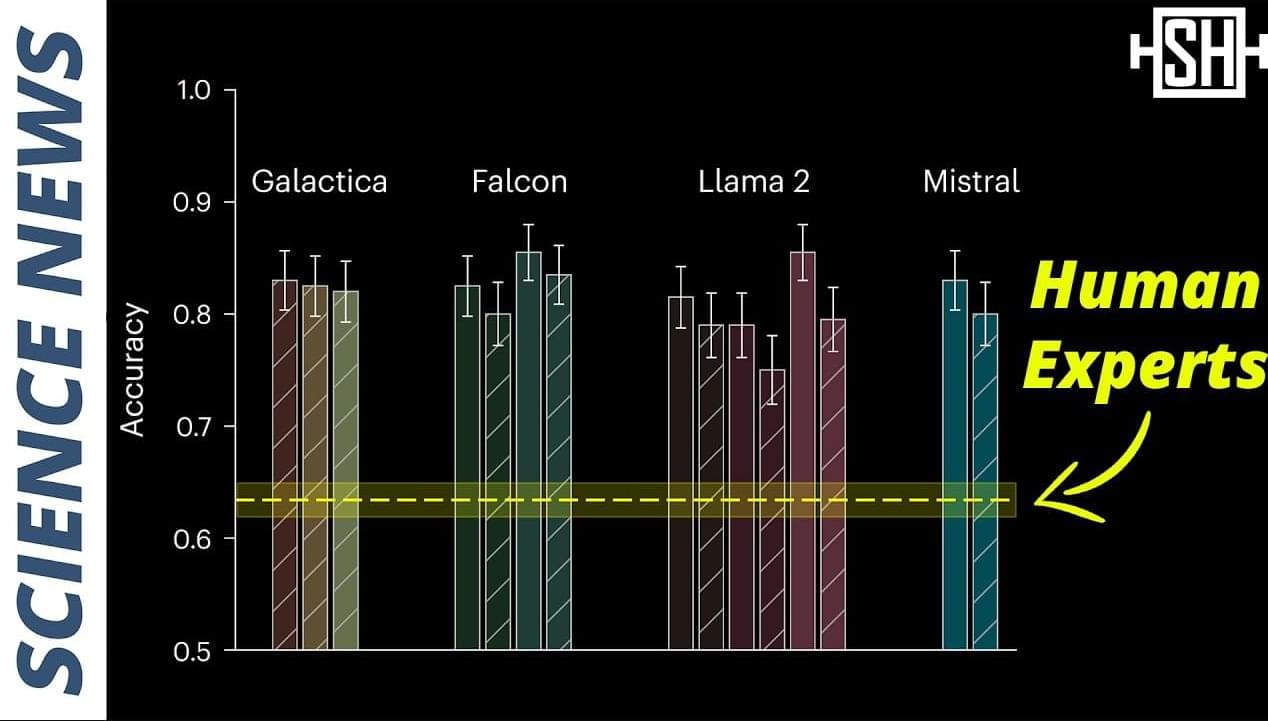Dec 10, 2024
Cryptococcus virulence study lays the groundwork for future treatments
Posted by Shubham Ghosh Roy in categories: biotech/medical, health
Ultimately, the goal is to find ways to stop deadly disease caused by Cryptococcus neoformans from developing in humans and animals. But until that time, finding new and better ways to treat already existent disease and its symptoms is a high priority.
The laboratory of Kirsten Nielsen in the Center for One Health Research has taken a step toward improved treatment of Cryptococcus, completing a six-year study to examine the virulence of 38 clinical isolates from various strains of Cryptococcus. The results are published in Nature Communications.
“The question that we’ve been addressing is: Can we predict severe disease outcomes in patients?” said Nielsen, professor of microbiology and immunology in the Virginia-Maryland College of Veterinary Medicine. “If we can predict disease outcome, then we can treat patients better. In these studies, we identified not just the genes that allow Cryptococcus to cause disease, but also the gene alleles that allow it to cause more disease or less disease.”
